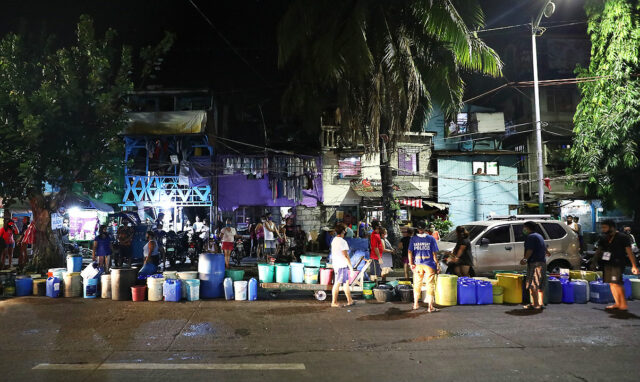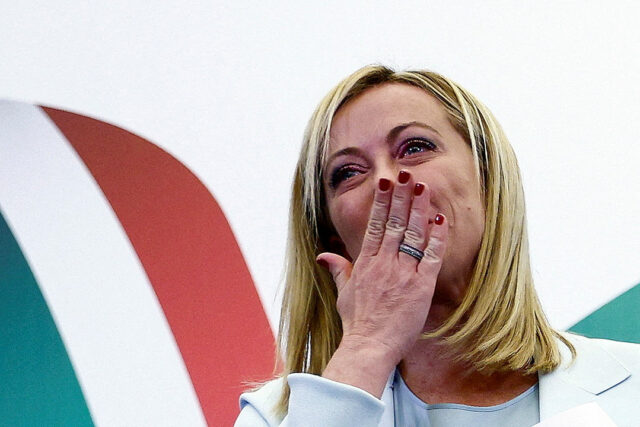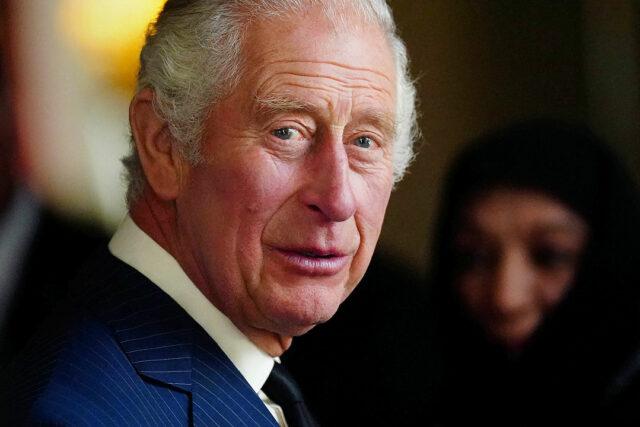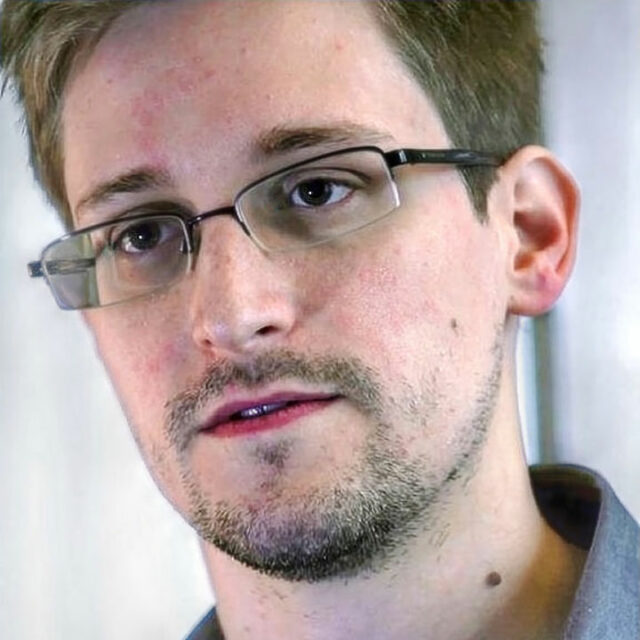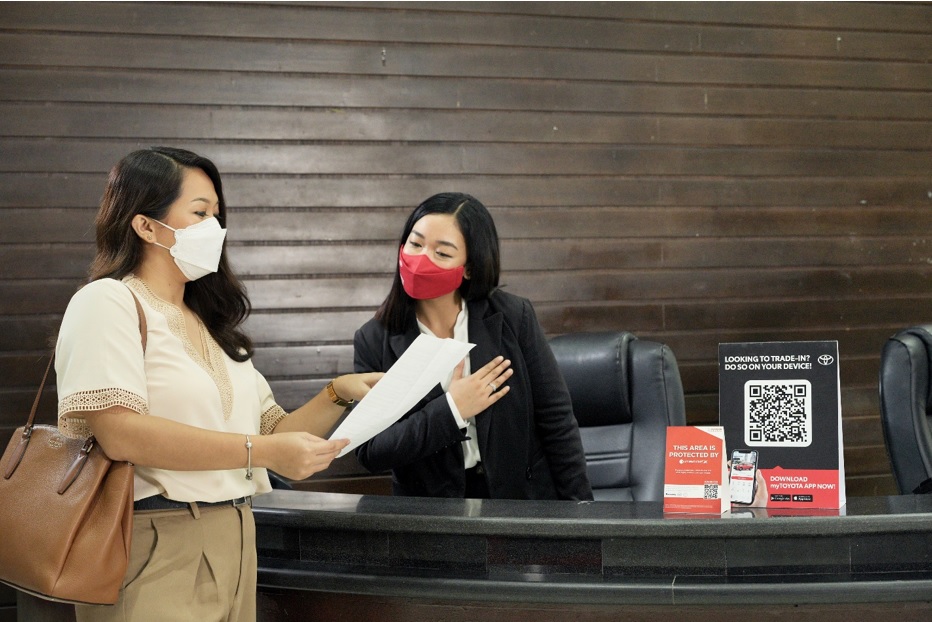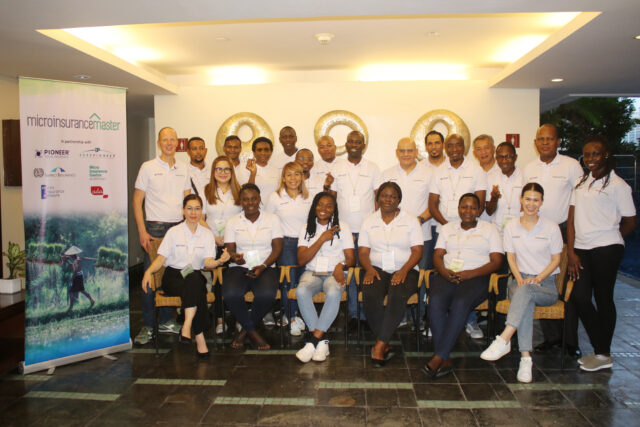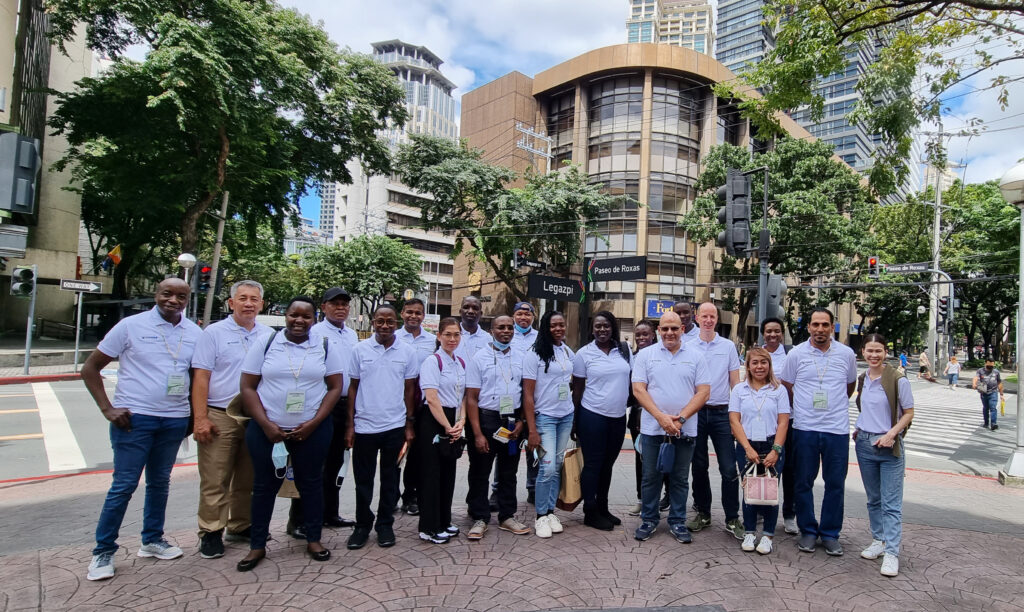The trade imbalance and e-commerce
Trade is about the exchange of goods and services. In ancient times, this was undertaken through barter, where people exchanged their commodities for other goods or services. Today, much has changed, and trade has become more organized and sophisticated to the point that many people, and even countries, make a fortune out of engaging in it.
Many decades back, the Philippines had an enviable strength in terms of agricultural and industrial production as well as trade, which helped push it up as one of the largest economies in Asia. However, missteps starting in the late 1960s reversed its advantages so that today we are trying to catch up to our neighbors.
In the post-State of the Nation Address (SONA) economic briefing last July, Department of Trade and Industry (DTI) Secretary Alfredo Pascual highlighted their group’s direction to develop the Philippine brand in export promotion and to provide market access, technology, and financial support for micro, small, and medium enterprises (MSMEs). He added that the government is developing e-commerce platforms dedicated to MSMEs to provide them better access to a wider market, not just locally but also globally. Through innovation and digitalization, MSMEs are envisioned to expand and eventually evolve into large enterprises. He, however, stressed that these enterprises must be competitive both locally and globally. “Being globally competitive is also important locally because our borders are open, we are importing a lot of goods against which local production has to compete. So, our MSMEs should be globally competitive in the local market as well as in the global market,” he explained.
The latest data from the Philippine Statistics Authority (PSA) show that in July, the country’s trade balance continued to widen as imports exceeded exports. With a trade deficit of $5.9 billion, this was a 69.1% increase from July 2021’s trade deficit of $3.5 billion. China remained as the biggest supplier of imported goods to the Philippines, accounting for around 20% of total imports.
With a population of more than 110 million, the Philippines stood as the 13th country in the world in terms of population size in 2021, based on data from the World Bank. Given the country’s demographics, it has become a popular market for cheaper yet low-quality import products. This aggravates the widening gap between imports and exports that, in the process, leads to a self-reinforcing disadvantage in the balance of the trade equation.
Indeed, commerce has evolved over time and consumers and businesses alike have gradually shifted to e-commerce, which has proven itself to be more convenient, faster, and even cheaper than the traditional means of business transactions. According to the Digital 2022 report of We are Social and Hootsuite, the Philippines had an internet penetration rate of 68%. Interestingly, 62.5% of the country’s internet users aged 16-64 buy something online every week.
While e-commerce has been hailed as an important tool for reaching a wider market and lowering the cost of goods, it has also created a venue for the proliferation of counterfeit commodities. Some e-commerce channels fail to provide customers with the capability to properly distinguish between authentic commodities and the counterfeit versions. The situation is complicated by the fact that flooding the retail market with cheap and low-quality imports through unregulated and informal channels skews the trade balance to the negative, thereby eventually impacting the country’s foreign exchange position.
Some time back, former Senator Panfilo Lacson noted discrepancies in the amounts reported by the Philippines and China in their calculations of what constituted imports and exports. Citing 2017 data from the World Integrated Trade Solution (WITS), the Philippines reported $18.48 billion worth of imports from China, while China reported $32.07 billion worth of products exported to the Philippines. As a result, the Philippine government lost over $82 billion in tax revenues from the importation of Chinese products, according to the senator.
However, the challenges in trade need not be a drawback all the time. With the right policy direction and proper regulation by the government, trade on the ground can be managed more positively. From a national perspective, promoting fair trade and competition, enforcing tax laws and plugging tax leakages, having less human intervention in processes and transactions, digitalizing documents and transactions, revisiting trade policies, as well as following a transparent system in all fronts, will all help diminish corruption and data discrepancies and, consequently, raise the chances of making more tax revenues for the government from its trade transactions.
Before the age of e-commerce, what customers thought they bought was what they got. Expanding the idea further, what the government said it earned in trade was what it got. For our long-term good, it is about time we made a collective effort to get back to where we once were and correct the persistent imbalances in our national trade so that we can all proceed with certainty to our common point of economic destination.
Venice Isabelle Rañosa is the research manager at Stratbase ADR Institute.


